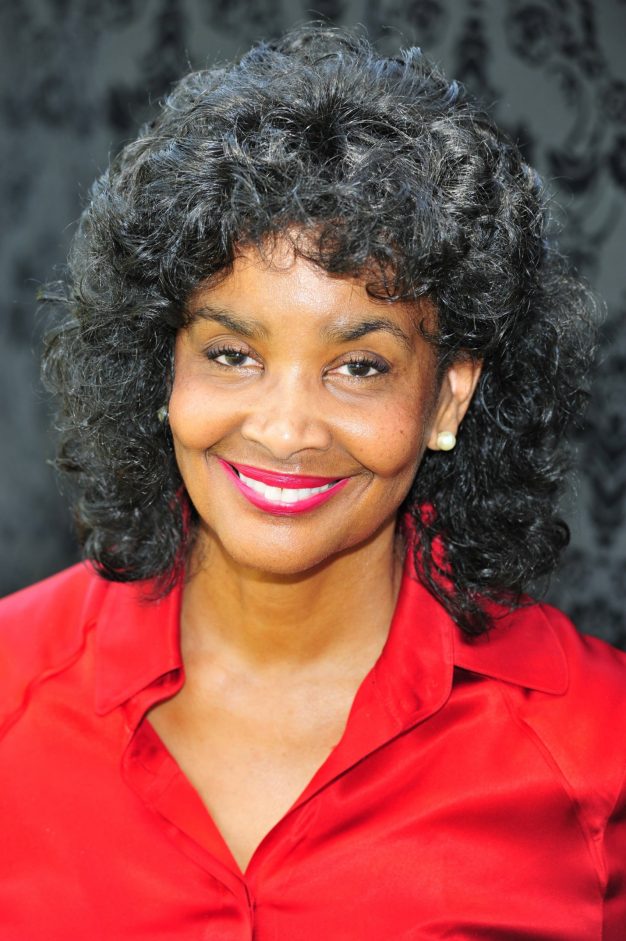Albany State University Receives Funding to Support STEM Majors
By: Rachel Lawrence
Albany State University (ASU) received $199,997 from the National Science Foundation
(NSF) CATALYST Program. The grant ‘Technically Speaking: Building Scientific Communication
Self-Efficacy’ will focus on improving science, technology, engineering, and mathematics
(STEM) students’ academic competency and science efficacy. The project’s goal is
to support and retain undergraduate STEM students, and improve scientific communication
skills. 
The NSF Catalyst Projects provide support for Historically Black Colleges and Universities (HBCU’s) to establish the research capacity of faculty to strengthen science, technology, engineering and mathematics in undergraduate education and research.
“ASU is honored to have been chosen for this grant by the National Science Foundation. Our students will benefit from the activities that are being added to the curriculum that will expand their knowledge and explore their respective interests within the science field. This is a testament to our institution’s continued commitment to academic excellence and student success,” said ASU President Marion Ross Fedrick.
The project is led by Dr. Florence Lyons, Professor of Speech, and Director of the Velma Fudge Grant Honors Program. Other project members include Dr. Louise Wrensford, Professor Anta’Sha Jones, Dr. Ronda Porter, Dr. Pamela Pitman Brown, and students Tia Pitts and Sha’Ariel Jones.
The grant will utilize two learning communities, the Analyzing the Rhetoric of Chemistry (ARC) Learning Community and the Raising the BAR (Biology and Rhetoric) Learning Community. The ARC pairs a chemistry class with a public speaking class to coincide with speeches on experiments conducted in a chemistry lab, while the BAR pairs a biology class with a public speaking class to coincide with speeches on experiments conducted in a biology lab. At the end of the semester, students in the ARC will present their final research to the Albany Boys & Girls Club at the Speaking of the STEM Symposium.
“The students in the Analyzing the Rhetoric of Chemistry Learning Community have, so far, delivered several presentations. During their development, it has been gratifying to see the students effectively explain their research so that audience members, who do not have a STEM background, can clearly understand it,” said Dr. Lyons.
The project aligns with the University’s strategic plan by expanding and strengthening academic programming and services, and implementing best practices that strengthen programs and services to address the learning needs of students.
